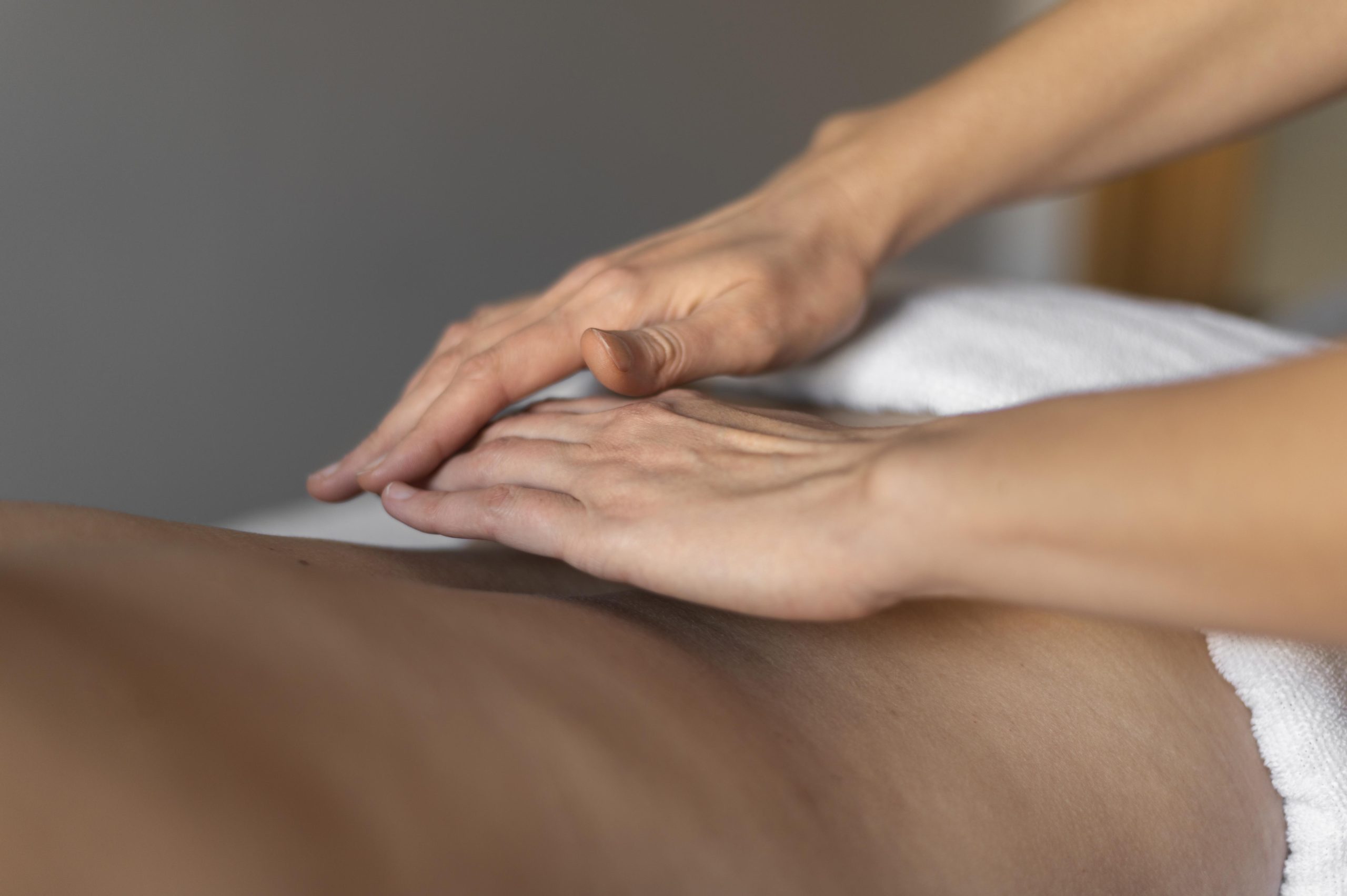Health
What you need to know before undergoing cosmetic surgery?

By Michael Saul, Partner at Cosmetic Surgery Solicitors
Cosmetic surgery, a subspecialty of plastic surgery that covers both surgical and nonsurgical procedures, changes your appearance by altering or reshaping parts of your body that function normally but don’t look the way you want. Itmay seem like a quick cure to enhance your appearance or help you get in better physical shape to have cosmetic surgery. Cosmetic surgery, however, has a number of drawbacks and hazards.
Here is what you should know if you are thinking about getting cosmetic surgery.
Factors to consider
Before you proceed with cosmetic surgery, consider:
Your expectations. When thinking about the results of your cosmetic surgery expect growth rather than perfection. You’re going to be let down if you think surgery will automatically make you a Hollywood star. Surgery won’t help you get a promotion, repair a strained relationship, or enhance your social life.
Expense. Most health insurance companies do not provide coverage for cosmetic surgery. The price might range from hundreds to thousands of pounds depending on the treatment. Consider the price of any extra operations or follow-up care as well.
Risks. Any kind of cosmetic surgery can leave you unsatisfied. Also possible are surgical side effects, such as severe bleeding or an infection at the surgical site.
Recovery. You may require several weeks or even months to recover after cosmetic surgery. Recognize any potential physical side effects as a necessary part of your rehabilitation, as well as any potential effects the surgery may have on your personal and professional life.
In order to reduce the chance of difficulties, your doctor may also advise you to stop smoking around a month prior to surgery and while you are recovering.
Find a safe surgeon
If you have decided to undergo a cosmetic procedure, deciding who will carry out that surgery should be the first thing that you think of after your initial decision. Many people often fall victim to poor cosmetic surgery practices and suffer as a result of cosmetic surgeons carrying out malpractice.
Book a consultation
Before deciding on your surgeon, always schedule a consultation with the person who will do the treatment.
Ask them:
- How many times they have carried out these treatments
- What training and credentials they possess
- If they are a part of a recognised professional organisation that demonstrates that they have the necessary education and experience
- About the procedure’s most frequent side effects
- Who will take care of you and what kind of aftercare you may expect
- What to do if anything goes wrong or the outcome doesn’t satisfy you
- How much it will cost and whether additional fees will apply for any necessary follow-up care
The doctor should explain to you in detail what the procedure entails, including:
- The process of the procedure
- How long will it take
- If anaesthesia is required
Additionally, they ought to explain to you what to anticipate following the operation, including:
- What suffering you might anticipate afterwards
- The length of time necessary for recovery
- The possible dangers and difficulties
- The length of time the effects will last
- What to expect from your appearance following the operation
After the consultation
After your consultation, your doctor should give you some time to consider whether you want to proceed with the surgery.
A booklet from the company that makes the product the surgeon will use would be a good piece of information to ask them for, so you can consult the document and educate yourself about the product beforehand.
Take your time
One last piece of advice to consider before you commit to any surgical or non-surgical cosmetic procedures is to take your time. The official advice is to take at least two weeks of ‘cooling off’ time before committing to surgery following your consultation.
The impact of surgery can last a lifetime, and it is essential to carefully complete all of your research and fully consider your options before committing to an operation that could profoundly affect your physical, financial or emotional wellbeing.
Health
How Circuhealth Clinic’s Treatment Will Benefit You: A Comprehensive Guide

Maintaining optimal health can be challenging in the modern world. Busy lifestyles, poor dietary habits, and the stress of daily life can all contribute to a decline in our overall well-being. Circuhealth Clinic Clinic, led by the renowned Nadia Nassif, offers a holistic approach to health by improving circulatory health through various advanced, non-invasive treatments.
The Importance of Circulatory Health
Circulatory health is fundamental to overall wellness. The circulatory system is responsible for delivering oxygen and nutrients to every cell in the body and removing waste products. When this system is compromised, it can lead to a host of health issues, including chronic fatigue, poor skin health, and even cardiovascular diseases. Improving circulation can enhance energy levels, support organ function, and promote overall vitality.
Personalized Exercise Programs
One of the cornerstones of Circuhealth Clinic’s approach is the creation of personalized exercise programs. These programs are not one-size-fits-all; instead, they are tailored to meet the unique needs of each individual. Personalized exercise programs can significantly enhance circulatory health by boosting blood flow, which delivers essential nutrients and oxygen to tissues and organs.
For instance, regular physical activity strengthens the heart, improves circulation, and helps regulate weight. A tailored exercise program can reduce the risk of injuries, increase motivation by aligning with specific fitness goals, and provide consistent progress tracking for optimal results. This personalized attention ensures that you are not only getting fitter but also healthier in the most efficient way possible.
Detoxification Treatments
Detoxification treatments are another vital aspect of Circuhealth Clinic’s offerings. These treatments are designed to remove toxins that impair circulation, thus enhancing overall health. Circuhealth Clinic detoxification protocols include Hydration Therapy, Detox Diets, Herbal Supplements, and antioxidant consumption.
- Hydration Therapy: Drinking plenty of water and hydrating fluids helps flush out toxins, promoting better circulation.
- Detox Diets: Consuming a diet rich in fruits, vegetables, and whole grains, while avoiding processed foods and sugars, supports the body’s natural detoxification processes.
- Herbal Supplements: Using herbs like milk thistle, dandelion root, and burdock root, known for their detoxifying properties, supports liver function and toxin elimination.
By incorporating these detoxification treatments, Circuhealth Clinic helps to ensure that your body is free from harmful toxins, thus improving circulatory health and overall well-being.
Stress Reduction Techniques
Stress can significantly impact circulatory health. High-stress levels increase cortisol production, leading to various health issues such as high blood pressure, weakened immune function, and poor skin health. Circuhealth Clinic employs several stress reduction techniques to help manage and reduce stress, thereby supporting circulatory health.
For example, the 54321 method is a grounding exercise designed to manage acute stress and reduce anxiety. This method involves identifying five things you can see, four things you can touch, three things you can hear, two things you can smell, and one thing you can taste. This technique can be particularly useful before bedtime to promote relaxation and improve sleep quality.
Other stress reduction techniques include meditation, deep breathing exercises, and yoga. These practices help calm the mind, reduce cortisol levels, and improve overall mental health, supporting better circulatory health.

Importance of a Healthy Diet
A healthy diet is crucial for maintaining good circulatory health. Circuhealth Clinic emphasizes the importance of eating a balanced diet with plenty of fruits, vegetables, whole grains, and lean proteins. Such a diet can help reduce the risk of chronic diseases, improve energy levels, and support overall health.
For those looking to manage hypertension, Circuhealth Clinic suggests a specific dietary approach:
- 10 Hours Before Bed: No more caffeine.
- 3 Hours Before Bed: No more food or alcohol.
- 2 Hours Before Bed: No more work.
- 1 Hour Before Bed: No more screen time.
- 0: Number of times you hit the snooze button.
This structured approach helps regulate blood pressure and promotes better sleep, both essential for good circulatory health.
Conclusion
Circuhealth Clinic Clinic, under the expert guidance of Nadia Nassif, offers a holistic approach to health that focuses on improving circulatory health through personalized exercise programs, detoxification treatments, stress reduction techniques, and advanced diagnostics. By addressing the underlying causes of health issues and providing tailored treatment plans, Circuhealth Clinic helps individuals achieve optimal health and well-being.
Whether you are looking to manage a chronic condition, improve your overall health, or simply enhance your quality of life, Circuhealth Clinic’s comprehensive approach offers a path to better health. Embrace these treatments and lifestyle changes to experience the full benefits of improved circulatory health and overall wellness.
-

 Tech3 years ago
Tech3 years agoEffuel Reviews (2021) – Effuel ECO OBD2 Saves Fuel, and Reduce Gas Cost? Effuel Customer Reviews
-

 Tech5 years ago
Tech5 years agoBosch Power Tools India Launches ‘Cordless Matlab Bosch’ Campaign to Demonstrate the Power of Cordless
-

 Lifestyle5 years ago
Lifestyle5 years agoCatholic Cases App brings Church’s Moral Teachings to Androids and iPhones
-

 Lifestyle3 years ago
Lifestyle3 years agoEast Side Hype x Billionaire Boys Club. Hottest New Streetwear Releases in Utah.
-

 Tech6 years ago
Tech6 years agoCloud Buyers & Investors to Profit in the Future
-

 Lifestyle4 years ago
Lifestyle4 years agoThe Midas of Cosmetic Dermatology: Dr. Simon Ourian
-

 Health5 years ago
Health5 years agoCBDistillery Review: Is it a scam?
-

 Entertainment5 years ago
Entertainment5 years agoAvengers Endgame now Available on 123Movies for Download & Streaming for Free
